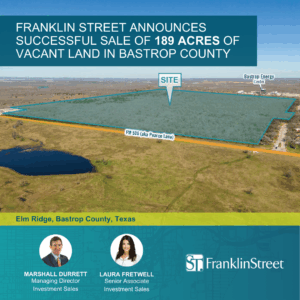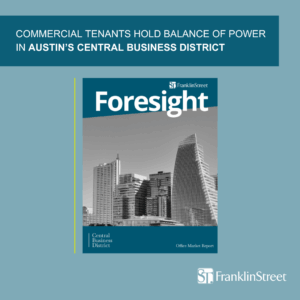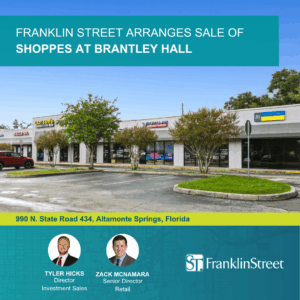By Terrence Hart, Senior Director of Retail Services with Franklin Street
For the Orlando retail market, which relies heavily on Central Florida’s $75 billion tourism industry, the impact of the COVID-19 pandemic has been twofold. Not only has the local consumer base begun relying more heavily on online shopping and home-cooked meals, but the number of out-of-state and international visitors who typically travel to Central Florida for its renowned theme parks and attractions has plummeted.
Statewide, Florida’s tourism industry suffered an estimated 60.5 percent drop in visitors during the year’s second quarter, with international travel down more than 90 percent, according to Visit Florida.
Submarkets built around Walt Disney World, the Orange County Convention Center and Universal Orlando, such as International Drive, the U.S. Highway 192 Corridor and Celebration, have taken an especially hard hit. Many restaurants designed around a sit-down experience will not recover. Although creative solutions are in action, sidewalk seating and ghost kitchens can only generate so much revenue to recover restaurants’ already razor-thin margins.
But out of the slump have come opportunities for some retailers to shine, whether they’ve adapted their business model or already happened to have pandemic resistant infrastructure in place. Further, as the winners and losers of COVID-19-era retail become clear, retailers and restaurants that prevail are positioned to gain access to better real estate, more generous lease options and, potentially, discounted rents.
Read Terrence Hart’s full guest column in the August 2020 edition of Southeast Real Estate Business.




